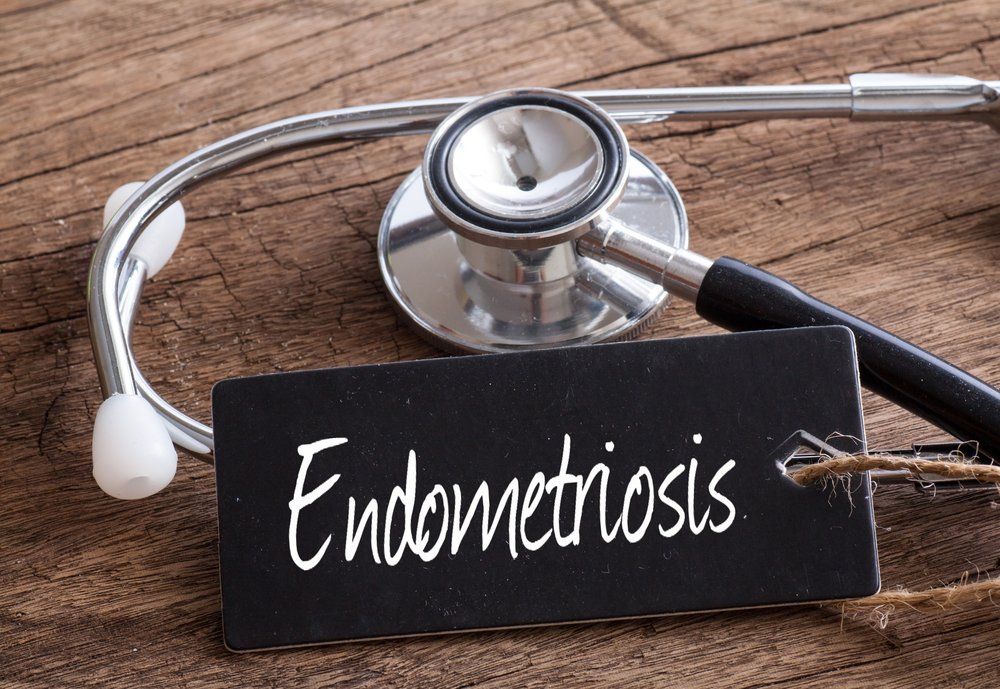Does abuse affect risk of endometriosis?
A recent study examined whether severe and/or chronic abuse of multiple types during childhood and adolescence increases a woman's risk of endometriosis.

Early life sexual and physical abuse is associated with an increased risk of endometriosis, a prospective cohort study found.
Women reporting severe and/or chronic abuse of multiple types during childhood and adolescence had a 79% higher risk of laparoscopically confirmed endometriosis.
Severe abuse was defined as being kicked, bitten, punched or physically attacked more than once, or choked or burned ever, whereas severe sexual abuse was considered forced sexual activity during both childhood and adolescence.
“We saw stronger associations among women whose endometriosis was most likely diagnosed as a result of pelvic pain symptoms,” said lead author Holly Harris, ScD, an assistant professor of epidemiology at the Fred Hutchinson Cancer Research Center in Seattle, Washington.
Previous studies led by members of Dr. Harris’ research team had shown a connection between early life abuse and both uterine fibroids and hypertension. “Given recent links found between endometriosis and hypertension, one of the next logical steps was to examine the association between abuse and risk of endometriosis,” Dr. Harris told Contemporary OB/GYN.
Due to the previous associations of endometriosis with other outcomes, such as chronic pelvic pain and uterine fibroids and abuse, “this result was not surprising and was consistent with the a priori hypotheses that we designed the study to test,” Dr. Harris said.
For the study, which appeared in the journal Human Reproduction, data were collected from 60,595 premenopausal women from 1989 to 2013 as part of the Nurses’ Health Survey II cohort.
Participants completed a questionnaire on exposure to violence.
A total of 3,394 cases of endometriosis were diagnosed during 24 years of follow-up.
Overall, 34% of study participants reported moderate or severe physical abuse during early life and 11% of study participants reported forced sex, while 14% of women diagnosed with endometriosis had severe sexual abuse history.
“It is extremely important for readers, clinicians and women with or those who care about women with endometriosis to understand that these results absolutely do not imply that all women who have endometriosis have been abused,” Dr. Harris said. “Abuse in early childhood and adolescence is common among both women with and without endometriosis.”
The associations between abuse and endometriosis were stronger in women presenting without infertility. This group was also more likely to report pelvic pain.
“Sadly, childhood abuse is real, is a major public health issue, and can have long-lasting impacts on health,” Dr. Harris said. “In addition, for women with pelvic pain with or without endometriosis, it is important that they know that these symptoms are not normal.”
When these women raise concerns about their pain with clinicians, they should not be dismissed, no matter their age or history, according to Dr. Harris. “There is a growing body of evidence that pain sensitization can result from a physiologic response to the stress and trauma of abuse,” she said. “This occurs not only among women with endometriosis but also among women with other pain conditions.”
Dr. Harris said the effects of abuse are making their way into public discussion. She citeds a July article in Forbes magazine that talks about eight lifestyle habits that may counter the health effects of early life stress.
“Acceptance of the existence of these entirely human-made traumas needs to end,” Dr. Harris said. “Given that abuse does unfortunately exist, scientists and clinicians are increasingly focused on identifying actions or interventions that individuals and communities can take to counteract the effects of stress.”
Disclosures:
Dr. Harris reports no relevant financial disclosures.
Addressing mental health risks in endometriosis patients
December 10th 2024A new study underscores the critical need for gynecologists and mental health professionals to collaborate in managing anxiety, depression, and sexual dysfunction in women with endometriosis, driven by chronic pain and related comorbidities.
Read More
Study finds high rates of incidental MRI findings in endometriosis cases
October 29th 2024A recent study highlights the frequent occurrence of incidental findings on pelvic magnetic resonance imaging for endometriosis, emphasizing the need for radiologists to focus on those with higher clinical significance.
Read More
